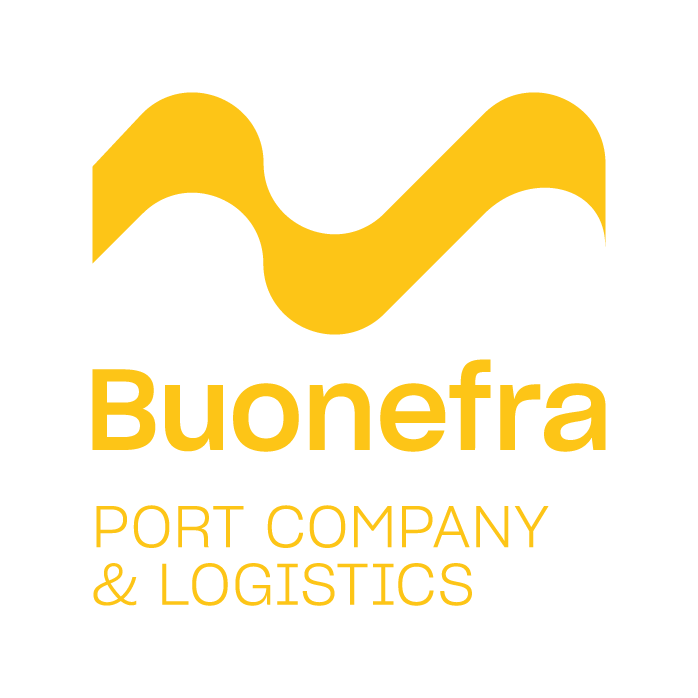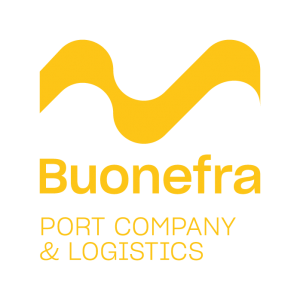From Northern Europe to the Mediterranean, what is changing?
Let's start with a fundamental assumption: i Ports of Northern Europe, the Baltic and the North Sea, for years were unrivaled in the handling of goods from the Far East.
This is because from China, Korea, Japan and all the Far East countries it has always been much more convenient to dock in the Baltic or North Sea ports to move goods to the West.
Today, however, the trend is changing: central Italy, and in particular theAbruzzo, can represent the real future of worldwide cargo handling.
European corridors, what are we talking about?
Le TEN-T networks they are a set of linear (railway, road and river) and punctual infrastructures (urban nodes, ports, interports and airports) considered relevant at a Community level; there CoreNetwork it is made up of urban nodes with greater population density, of the most important intermodal nodes and related connections.
As also reported on the official MIT portal, today the priority at European level is that of ensure the continuity of the Corridors, making the missing links, ensuring links between the different modes of transport, eliminating existing bottlenecks.
The goal is to guarantee Europe by 2030 a complete commercial transport network, which can support intermodality also with a view to the sustainability of freight transport.
Therefore, the geographical choice of what will be the future European corridors, and in this case theAbruzzo with theAdriatic, and the Lazio Tyrrhenian, could represent the two most important hooks respectively with theNibujon and with the West.
Ortona-Civitavecchia, the Abruzzo corridor would be a great opportunity
Why Ortona-Civitavecchia?
The recognition of this intermodal cross corridor would in fact represent a bridge between Tyrrhenian ed Adriatic, and a fluid and extremely advantageous connection between Barcelona e Plates, Between Spain e Croatia, Between West ed East.
THEAbruzzo, which already from the point of view of integrated logistics demonstrated with Ortona, its main port, to be, despite the infrastructural backwardness, a very strong territory, with this sector driving the economy at all times, it would in fact further characterize as the gateway of the Adriatic to Eastern Europe and to all Eurasian countries.
Could the "Abruzzo corridor" represent the definitive push which this territory would need to strengthen the system of port, railway and river infrastructures? All that remains is to wait at the window hoping that this project will take shape for real.




